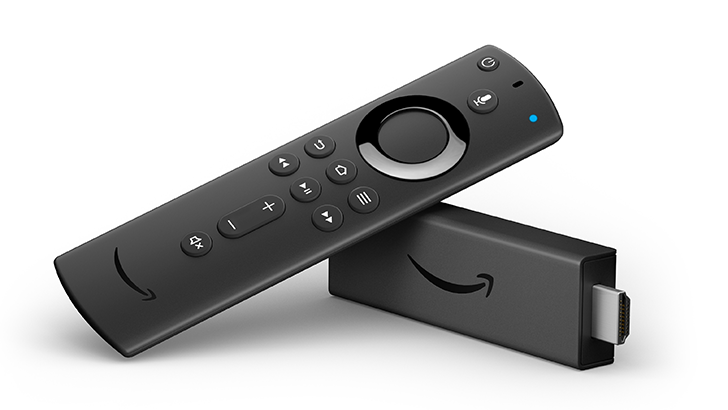
Rose Behar
Contributing since August, 2018
-
200articles
Page 7
Latest Articles
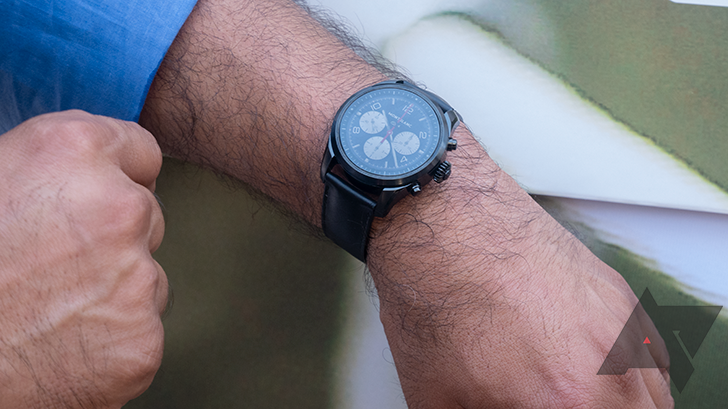
When Qualcomm revealed its new Wear 3100 chipset — a long-awaited yet minimal update that put battery life ahead of performance — it also took the opportunity to show off one of the first partner devices. Now, that device is available for purchase. The Montblanc Summit 2 is a good representation of the type of Wear OS device Qualcomm is betting on going forward. It's a fashion smartwatch that begins at $995 and caters to the luxury jet set demographic.
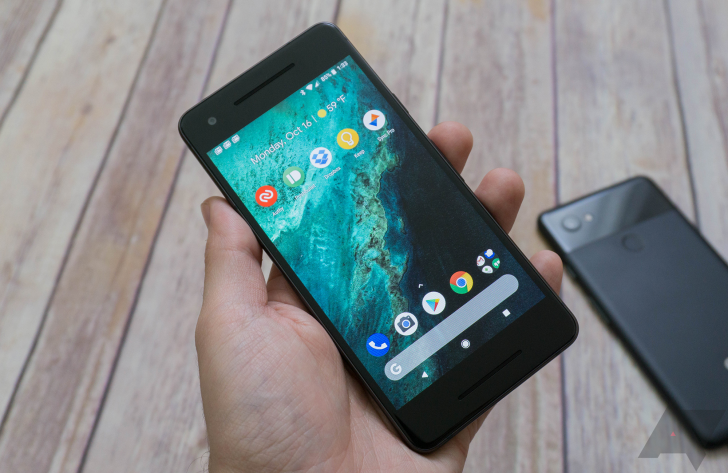
It's a well-known fact that software updates permeate the Android market at a crawl in comparison with iOS, but Google's own Pixel devices are an entirely different question. The Pixels are an opportunity for Google to brag that when it makes its own devices, it's able to surpass Apple in the updates arena — and that's exactly what Google's senior vice-president of hardware, Rick Osterloh, attempted to do in a recent tweet. However, the feedback may not have been what Osterloh was expecting.
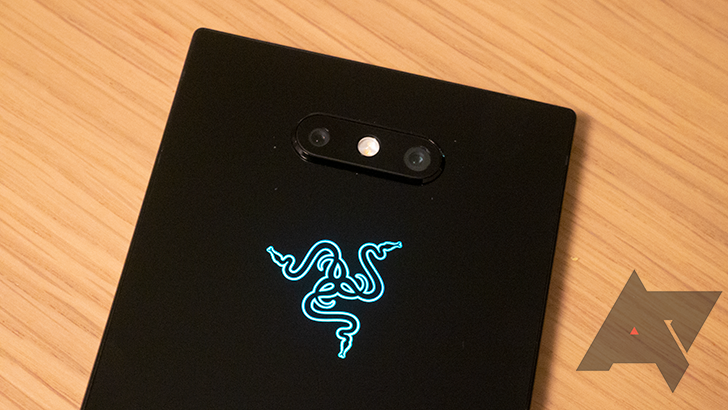
Razer Phone 2 is an impressive 'gaming phone' — but it needs to be a great all-around flagship to survive

Razer sees itself as a gaming phone pioneer. During today's launch of the Razer Phone 2, the company stressed that while other companies may be following suit, it kicked off this new mobile category. But is it really a new, under-served segment of smartphone buyers? And is there enough of a market to support mobile hardware purposefully targeting a specific slice of the overall demographic? Razer clearly thinks so. Every aspect of its second-generation device is aimed at enticing the gaming enthusiast, from a 120Hz display refresh rate to an RGB light-up logo on the rear. But in setting such a clear direction and introducing unique features for the gaming set, it's also done something more. Razer made a device that's enticing to any smartphone enthusiast who is tired of the same old thing.
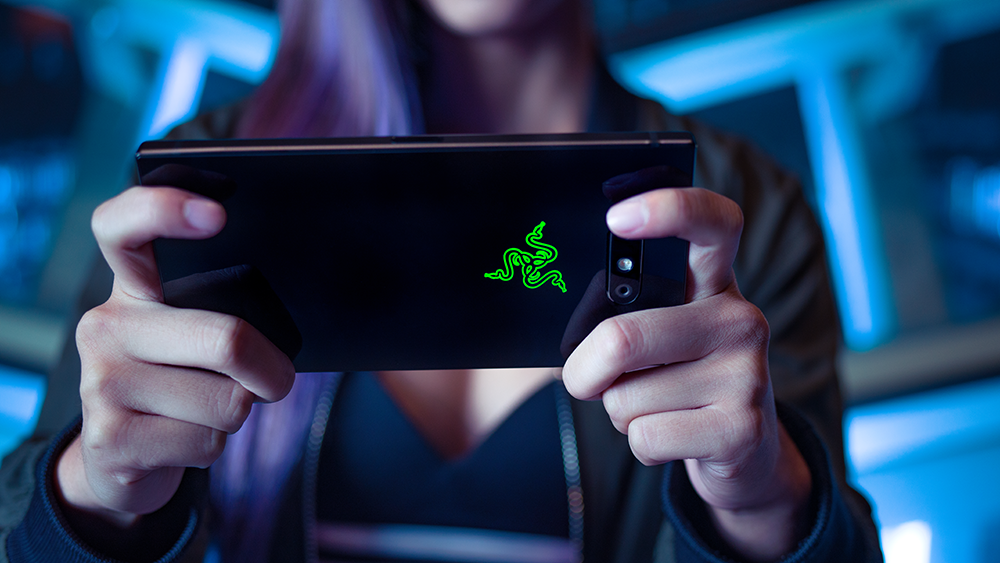
Razer Phone 2 delivers camera upgrade, wireless charging, and — most importantly — RGB lights

Gaming hardware company Razer debuted its first mobile handset last year to mixed, but mainly positive, reviews — a significant feat considering the fiercely competitive nature of this industry. That's not to say there weren't some major flaws. While the 120Hz refresh rate and dual front-facing speakers were praised, the camera was panned and critics disliked the lack of water resistance, wireless charging, and the dimness of the display. With its second generation device, the Razer Phone 2, the company has addressed all of those foibles, and to top it all off, added a RGB light-up logo on the back.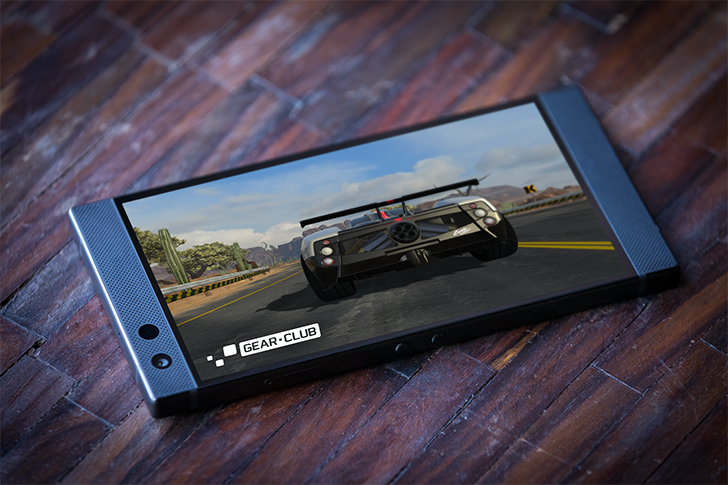 The RGB lighting alone is likely enough to entice gamers to the device simply for the novelty, but it serves a purpose, as well. The lights, which come from Razer's Chroma brand, are customizable to over 16.8 million colors, and it's possible to set custom lighting effects for things like app notifications.Meanwhile, the main selling point of the device remains unchanged: the 120Hz refresh rate. This means the screen refreshes twice as often as a regular smartphone, which makes screen interactions smoother.
The RGB lighting alone is likely enough to entice gamers to the device simply for the novelty, but it serves a purpose, as well. The lights, which come from Razer's Chroma brand, are customizable to over 16.8 million colors, and it's possible to set custom lighting effects for things like app notifications.Meanwhile, the main selling point of the device remains unchanged: the 120Hz refresh rate. This means the screen refreshes twice as often as a regular smartphone, which makes screen interactions smoother.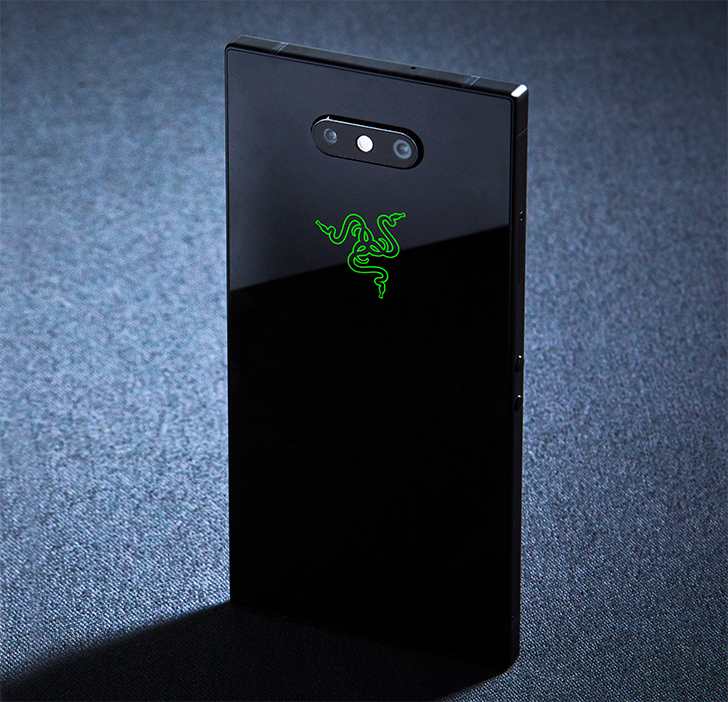 Coupling that high of a frame rate with an OLED panel isn't possible yet, so Razer once again opted for an IGZO LCD screen, which was criticized last year for being too dim in outdoor light. This year, the display jumps to 580 nits of brightness from 380 nits in the first Razer Phone, an improvement of 50 percent.The processor running in the Razer Phone 2 is, unsurprisingly, a Snapdragon 845 with an Adreno 630 GPU and X20 LTE modem theoretically capable of download speeds up to 1.2Gbps. It's backed by 8GB of RAM and 64GB of internal storage, which is unchanged from the original device. The 4,000mAh battery is also returning.
Coupling that high of a frame rate with an OLED panel isn't possible yet, so Razer once again opted for an IGZO LCD screen, which was criticized last year for being too dim in outdoor light. This year, the display jumps to 580 nits of brightness from 380 nits in the first Razer Phone, an improvement of 50 percent.The processor running in the Razer Phone 2 is, unsurprisingly, a Snapdragon 845 with an Adreno 630 GPU and X20 LTE modem theoretically capable of download speeds up to 1.2Gbps. It's backed by 8GB of RAM and 64GB of internal storage, which is unchanged from the original device. The 4,000mAh battery is also returning.
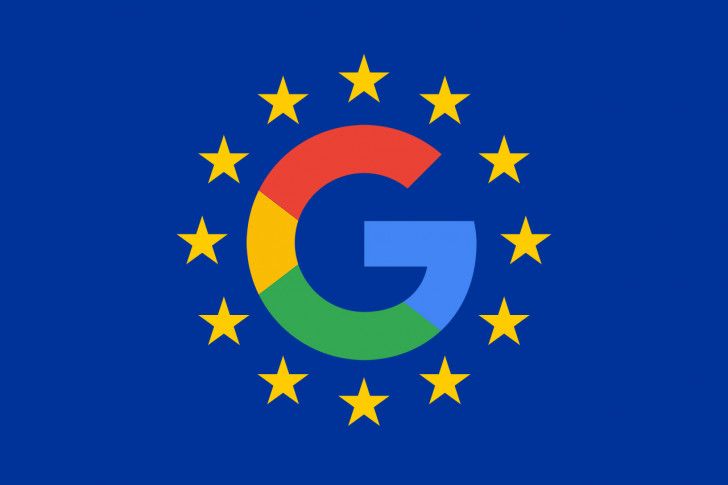
Back in July, the European Commission handed out its largest fine ever — 4.34 billion euros ($5 billion) to Google over antitrust charges. The Commission asserted that Google abused Android's market dominance, using it to hinder competition. Google's CEO Sundar Pichai immediately responded that Android has "created more choice for everyone, not less," and promised to appeal. Several months later, the formal challenge is now submitted.
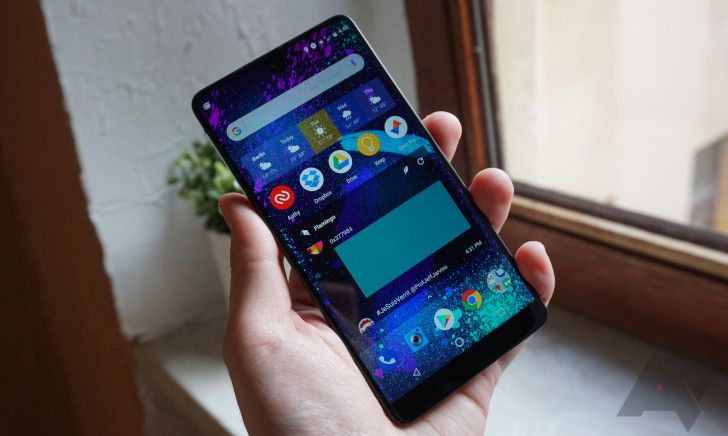
While Essential's first device has a cult following among those who prioritize quick Android updates, it became clear in May that it would never see a follow-up. A report from Bloomberg revealed that the company had canceled a second Essential Phone and put itself up for sale. However, over the past several months, the company has quietly chugged along, continuing to push out lightning-fast security patches. Now, a new report from Bloomberg states that the company is indeed working on a second device — but it's not at all like its first product. According to the publication's tipsters, the handset is an anti-smartphone with a small screen that relies primarily on voice commands.
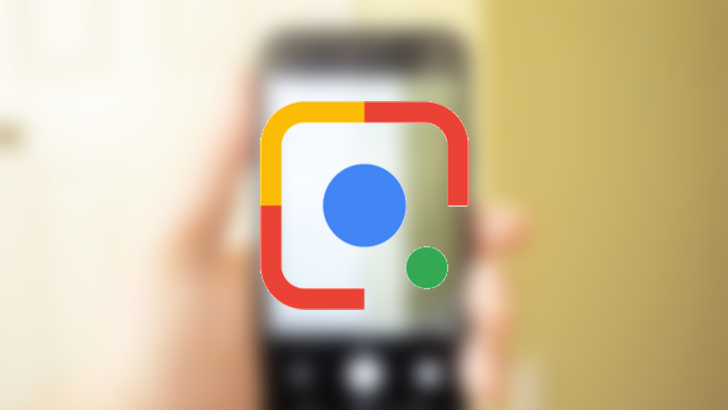
One year after the initial release of Google Lens alongside the Pixel 2, Google has integrated the AI-enabled tool directly into the Pixel 3's Google Camera app, and announced that some functions are available while the phone is offline. These changes add utility to the feature, and serve as a visual reminder to use the tool — something that's been lacking up to this point.
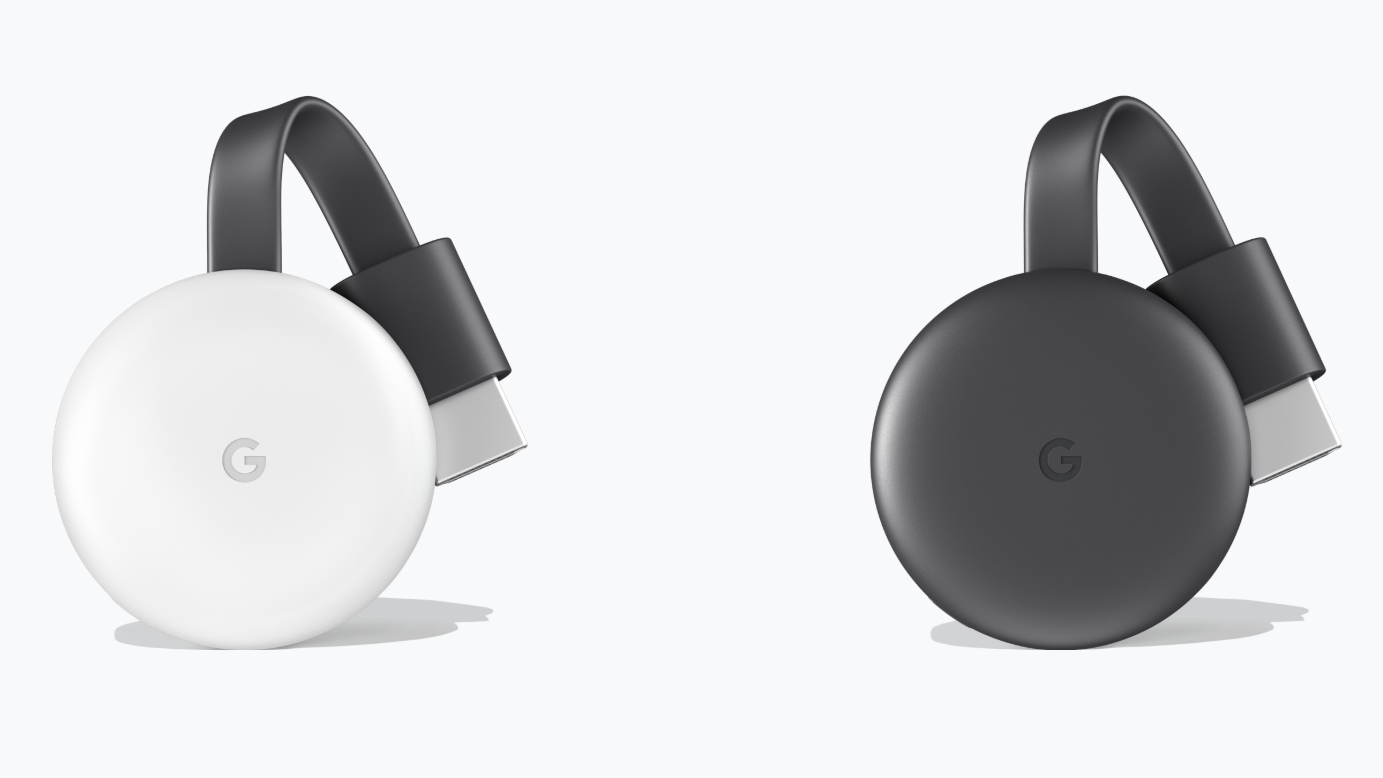
Like much of Google's 2018 hardware, the arrival of a refreshed Chromecast was an open secret ahead of October 9th. The full details were hazy, though, leaving Chromecast fans with a little room for excitement. Unfortunately, the full reveal was less intriguing than the already minimal update most were expecting.
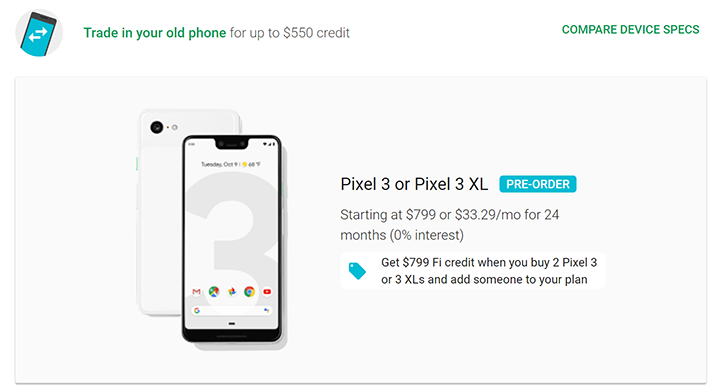
Pixel 2 trade-in offers now available on Google Store and Project Fi for Pixel 3 buyers

Now that Google's much-leaked new Pixel 3 and 3 XL are available for pre-order, it's time for the annual deliberation over whether to purchase the newest hardware. Here's something to factor in: the trade-in values for the Pixel 2 and 2 XL, up on the Google Store and Project Fi now.
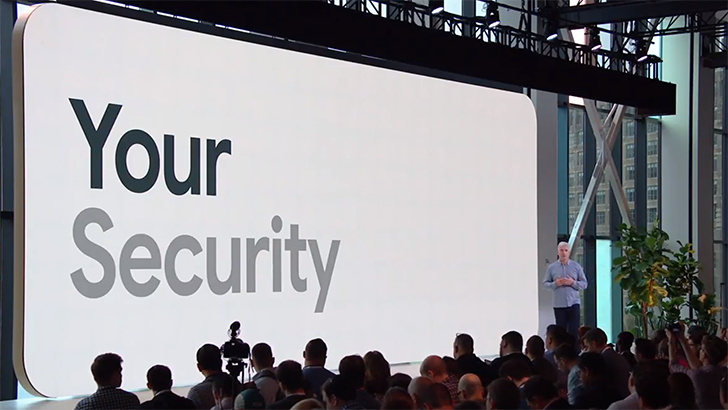
Following a day of bad press regarding an undisclosed security vulnerability, Google pushed the message of strong security during its October 9th hardware reveal event. Among the announcements: the Mountain View-based tech giant has developed a dedicated chip for its mobile devices that integrates Titan Security, the system it built for Google data centers.
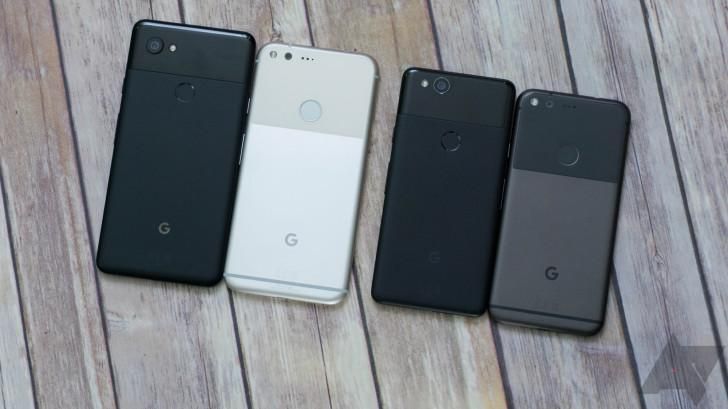
Nokia confirmed just last week that it would be rolling out the first wave of Android Pie updates to devices this month, beginning with phones running on the Snapdragon 600-series. True to its word, an Android 9 Pie Beta has now arrived for the Nokia 6.1 Plus, along with the October security patch.
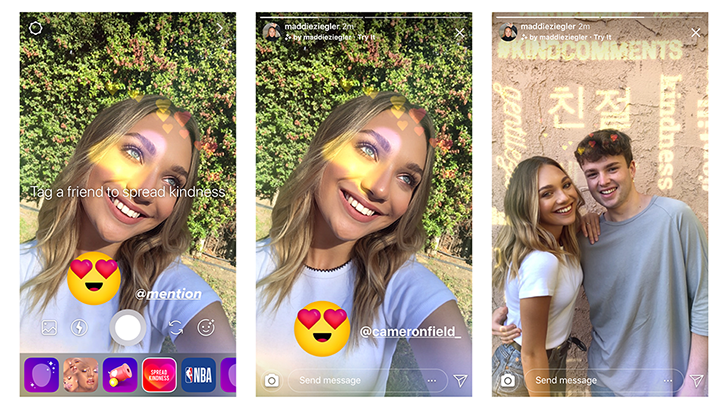
In one of the first announcements since Instagram's co-founders departed their company several weeks ago, the social media platform is launching new anti-bullying tools. New head of Instagram Adam Mosseri announced in a blog post that the app is now using machine learning to detect harassment in photos and captions, immediately sending those posts for review.
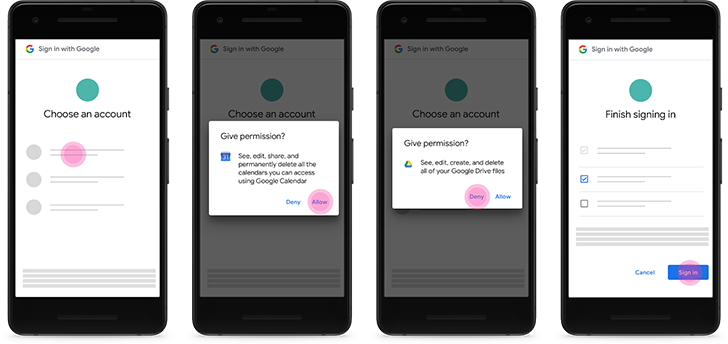
It's the day before Google's big annual hardware event, and the company is busy weathering some major bad press. Google+ for consumers is shutting down, and far from being a graceful death, its demise is pinned on a March 2018 bug that was not disclosed until today. The company says this is because it simply didn't meet the necessary thresholds for reporting, but the Wall Street Journal reports it was because the company feared regulation. Either way, the news casts a shadow over the Pixel event, and completely distracts from the other small but useful tweaks the company released today regarding privacy, in particular the fact that it is now rolling out more granular Google account permissions.
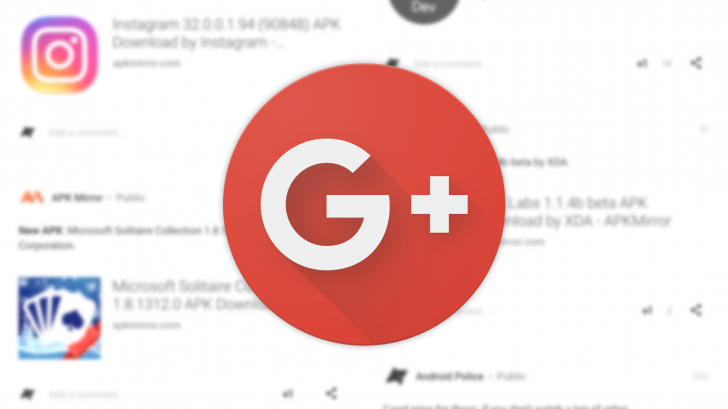
Google is shutting down the consumer version of its Google+ social network following the discovery of a vulnerability that allowed app developers access to private profile information. While found and patched in March 2018, it was not disclosed until today. According to an internal memo viewed by the Wall Street Journal, Google feared disclosing the issue would be detrimental to its reputation and draw unwanted regulatory attention.
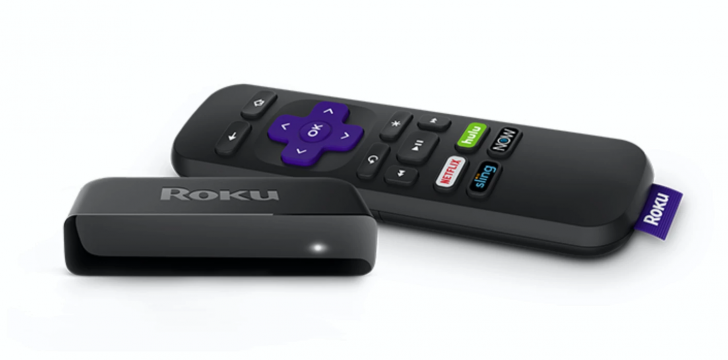
The streaming hardware industry is a highly competitive place. No sooner had Roku introduced its Premiere 4K player in late September for a market-beating $40, than Amazon launched the Fire Stick 4K for a mere $10 more, with support for all three major HDR standards (HDR10, HDR10+, and Dolby Vision) plus Dolby Atmos for sound. But while the Premiere only offers HDR10 and is a bit bigger than a streaming stick, many prefer its user interface and remote design. Roku also beats Amazon to market by a small margin — it's available as of today, October 8th, while the Fire Stick TV 4K starts shipping October 31st.In addition to the Fire Stick 4K, Roku's main competitor is the Chromecast Ultra, which supports HDR10, Dolby Vision, and Dolby Atmos for sound — plus comes in dongle form — but costs substantially more than the Premiere at $69. We may also see a refreshed Chromecast with Bluetooth and improved Wi-Fi reception at Google's October 9th event, but unfortunately it doesn't seem like it will add 4K support.The Roku Premiere is available at the Roku online store, Amazon, and Best Buy. Meanwhile, the Roku Ultra 4K streaming player with JBL headphones and voice remote is now available for pre-order on Amazon and Best Buy for $99.Source: Roku
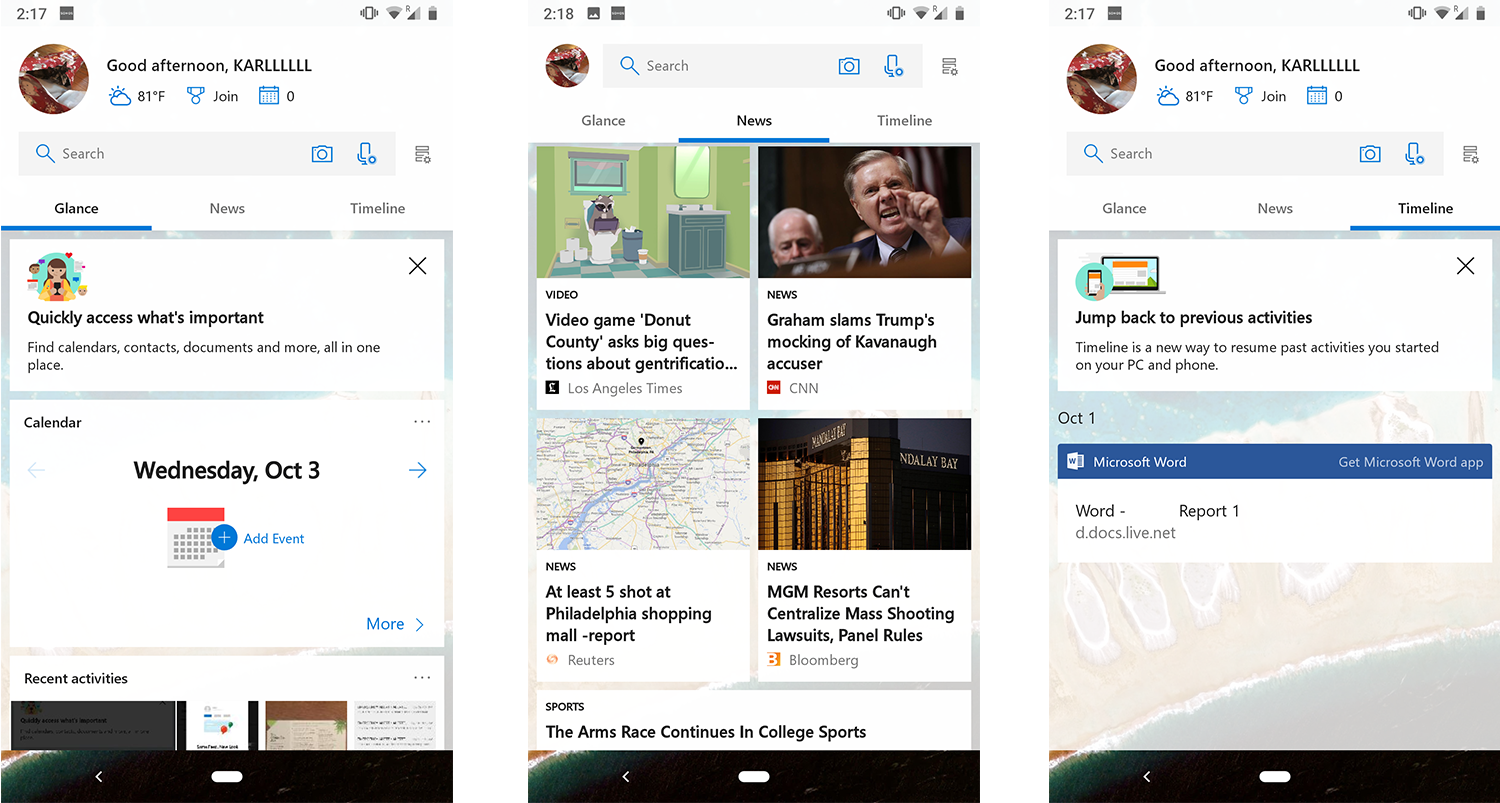
Windows Phone might be a thing of the past, but for those who still love Microsoft's operating system, you can get a rough approximation with Microsoft Launcher. The launcher employs a distinctive Windows aesthetic and provides access to features that are particularly handy to users deep in the Microsoft ecosystem. Case in point, the new beta — v5.0 — adds Timeline, a feature that syncs your recent activity between mobile and Windows desktop.

[Update: We survived] First ever nationwide Wireless Emergency Alert test will begin at 2:18pm EDT, October 3

After being postponed due to the catastrophic effects of Hurricane Florence, the United States' first national Wireless Emergency Alert (WEA) test will hit devices beginning at 2:18pm EDT today. The message is a test of a new "Presidential Alert," a type of nation-wide alert that cannot be opted out of, unlike AMBER alerts or extreme weather warnings. If used, this WEA would signify a national emergency. The message that arrives today, thankfully, will merely read "Presidential Alert THIS IS A TEST of the National Wireless Emergency Alert System. No action is needed."
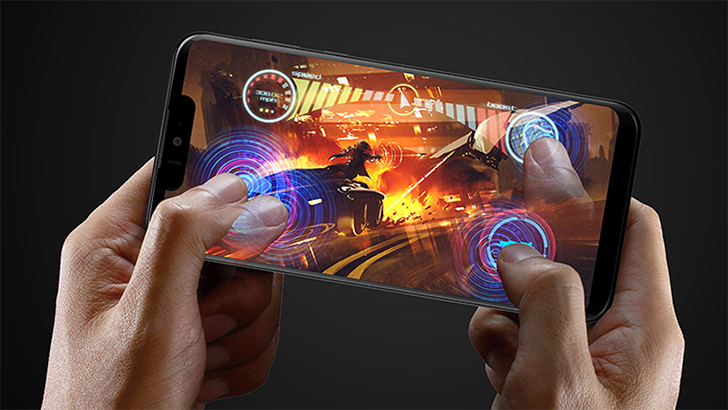
If there ever was a market that could do with more competition, it's the OLED smartphone display industry. Samsung has long ruled the roost with its organic light-emitting diode (OLED) displays, with LG and Sony several paces behind. There are other, less visible players in the market, of course, but overall it's a relatively small group, considering the panels are now a hallmark of premium handsets. A new competitor has entered the market as of today, however. Japan's Sharp has announced that it will offer OLED panels in its new smartphones this year starting with the AQUOS Zero, and also plans to sell displays to other manufacturers.
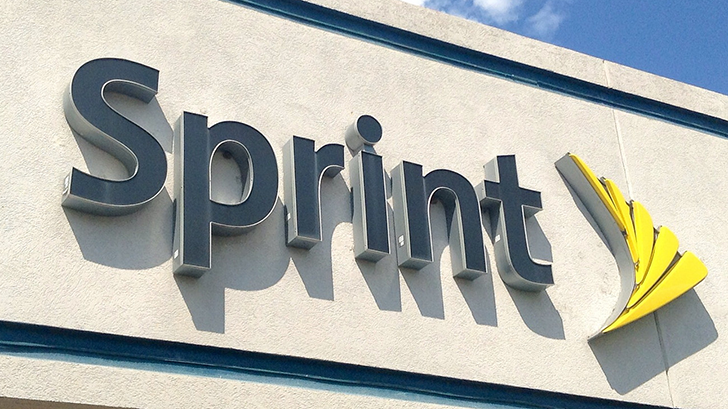
While a little late to the game, Sprint is finally joining its competitors in offering voice-over-LTE service, or VoLTE — but the rollout has a long way to go yet. So far, the soft launch targets 15 US markets and just three devices: the Samsung Galaxy S8, S8+, and S8 Active. The carrier will expand to more markets over the coming weeks.

